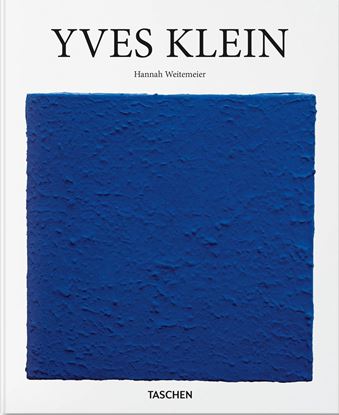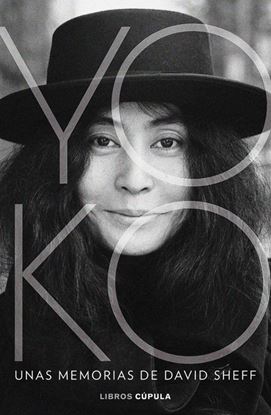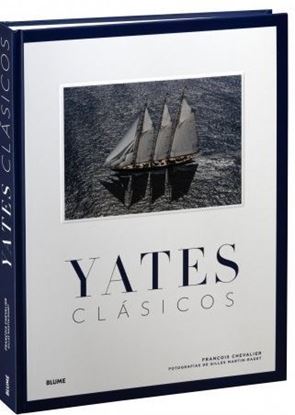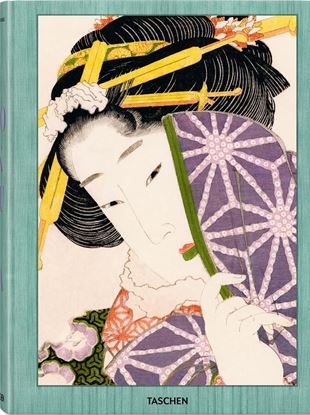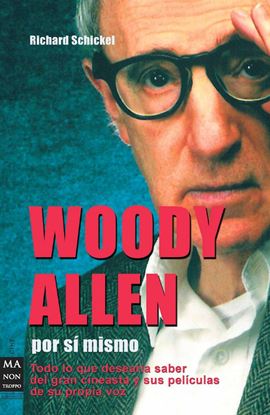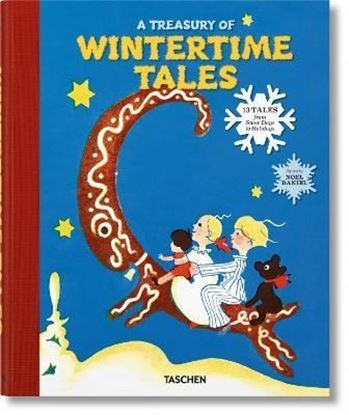

YVES KLEIN (BA-ART) (E)
Ese azul…
El artista a quien se le debe el azul de ultramar
A mediados de la década de 1950, Yves Klein (1928-1962) declaró que “un mundo nuevo exige un hombre nuevo”. Su peculiar estilo idiosincrático y su gran carisma llevaron a este audaz artista a desarrollar una breve pero fructífera carrera, pues pintó más de mil cuadros en un periodo de siete años, cuadros que hoy se consideran clásicos del arte moderno de posguerra.
Klein se labró un nombre sobre todo con sus lienzos monocromos de gran formato pintados con el tono de azul que él mismo patentó. El International Klein Blue (IKB), compuesto de pigmento puro y un aglutinante, es a un tiempo denso y luminoso, evocador y decorativo, y Klein lo concibió para evocar la cualidad inmaterial e infinita del mundo. Las obras de esta revolución azul parecen transportarnos a otra dimensión, como si cayéramos hipnotizados por un cielo de verano perfecto.
1,350
1,080
YOKO
La nueva biografía de Sheff sobre Yoko Ono, la artista de 92 años y viuda de John Lennon, argumenta convincentemente su relevancia como feminista, activista, innovadora vanguardista y una descarada de clase mundial. Sheff—prolífico periodista y autor que realizó una de las últimas entrevistas significativas con John y Yoko para Playboy, y posteriormente se hizo amigo de ella—ha escrito lo más cercano a una biografía autorizada que el mundo puede encontrar. El libro es sustancioso y, como era previsible, compasivo pero no adulador, escrito principalmente con una prosa directa que sugiere que la compasión está plenamente justificada por una figura que no solo fue desestimada sino demonizada.
1,650
1,320
YATES CLASICOS
Dieciocho de los yates clásicos más hermosos del mundo, verdaderas obras maestras de la arquitectura naval.
Una invitación privada a un universo excepcional: desde las regatas de las Voiles de Saint-Tropez hasta la Copa América, los veleros logran que quienes los contemplan sueñen con regatas por todo el mundo.
Las historias de estos barcos son siempre singulares: desde el Manitou, que fue propiedad de John Fitzgerald Kennedy, hasta el Atlantic, una goleta de tres palos de proporciones espectaculares.
3,995
3,196
XL-HOKUSAI-INT
At the age of six, Hokusai was said to have painted his first picture, and a year after his death aged 89, his designs for illustrated books were posthumously published. Tracing a long, prolific career, this edition spans each of the artist’s creative phases: from the actor portraits with which Hokusai started out to the 1,300 designs carried out in his final years under the name Manji.Reproducing 746 woodblock prints, paintings, sketches, and book illustrations, many of them in granular detail, this volume is comfortably the most complete publication on perhaps Japan’s most famous artist. Hokusai’s wide appeal as the recognizable figure of Japan’s Edo period endures to this day: in March 2023, a version of his iconic woodblock print Under the Wave off Kanagawa (or The Great Wave), from his series Thirty-six Views of Mount Fuji, was auctioned for 2.76 million US dollars.
13,500
10,800
WOODY ALLEN POR SI MISMO (NUEVA EDICION)
Un documento inigualable para todos los interesados en la magnífica trayectoria vital y profesional de este auténtico gigante del cine
El escritor Richard Schickel realizó una exhaustiva entrevista televisiva al genial cineasta Woody Allen. Pese a que sólo se emitió una parte de cuanto en ella se dijo, el resultado de dicha conversación recibió una excelente acogida por parte de críticos y aficionados. Woody Allen por sí mismo reproduce la totalidad de la charla que tuvo lugar entre ambos personajes e incluye un profundo análisis de la carrera profesional del cineasta.
750
600
WINTERTIME TALES (VA) (GB)
Despite its chilly weather and barren landscapes, wintertime has inspired some of the most magical and heartwarming stories in history. This season of celebration, frost and snow, religion, tradition, and adventure has produced such holiday classics as Clement Moore’s ’Twas the Night Before Christmas, and such colorful tales as the account of a pre-Christmas Posada parade in Mexico City.
A Treasury of Wintertime Tales pays homage to this rich variety of winter storytelling with 13 tales dating from 1823 to 1972. Featuring authors and illustrators of American, German, Hungarian, Italian, Mexican, Norwegian, Russian, and Swedish descent, it includes stories about playful snowflakes that have come to life, losing one’s mittens, encounters with the Sami people in Northern Scandinavia, celebrating the Chinese New Year, and more.
Each tale has been chosen for its inspiring artwork and soulful plot, resulting in a carefully curated collection of adventure, community, and culture.
1,650
1,320

